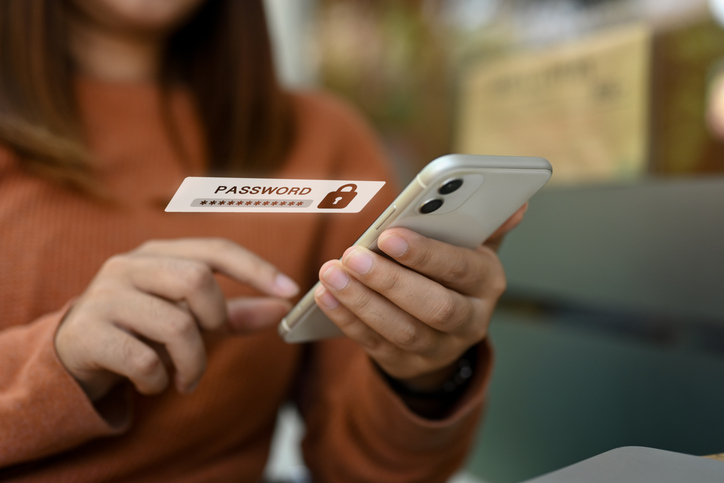
Gone are the days of Polaroids, VHS tapes and DVDs. Now, every memory is snapped on a cell phone and instantly whisked away to the cloud, while movie nights have shifted from shared DVD collections to Netflix and Prime accounts.
Because our daily lives have become increasingly digital, many divorced couples find that their lives remain unexpectedly tangled through shared photo libraries, leftover logins, and security measures for their children. While passwords should not be changed on joint accounts while both parties still have rights to access the data, here’s how to draw digital boundaries to protect your privacy and make a clean break after a divorce.
Dividing Shared Memories
Family albums often live on cloud-based platforms like Google Photos. If you are still linked to your former spouse’s account, you might be sharing far more than just pictures of your kids. When negotiating the division of personal property, you may want to end sharing content on the cloud and instead discuss downloading important photo albums from vacations, birthday parties, or other milestones to share with your former spouse.
Changing Leftover Logins
Shared passwords for streaming services and shopping sites can also undermine boundaries. Following divorce, each party should take responsibility for managing their own accounts. If your ex-spouse used your Amazon login for purchases during the marriage, it’s time to change the password. Even if you think your former spouse would not know or try to use your prior logins, all passwords should be changed at the right time to individual accounts. This helps maintain financial independence and prevents potential misunderstandings or criticism of your post-divorce spending, especially if you receive financial support.
Location Sharing and Smart Devices
Apps like Find My or Life360 may be important as your teenager begins to explore their independence, but they can also unintentionally reveal a co-parent’s location and daily routines. When it is time for your child to have a cell phone, determine whether both parties should have access to the security measures taking into consideration the history of the relationship, including any domestic violence, or whether location sharing should be disabled altogether.
Navigating digital boundaries after divorce is important for privacy and peace of mind. From managing shared memories on cloud platforms to updating passwords and adjusting location sharing, taking proactive steps can help you establish a clean break. If you’re unsure about how to best protect your digital life post-divorce, our experienced family law team at Cohn Lifland is here to help. Contact us today so you can move forward confidently into your new chapter.
